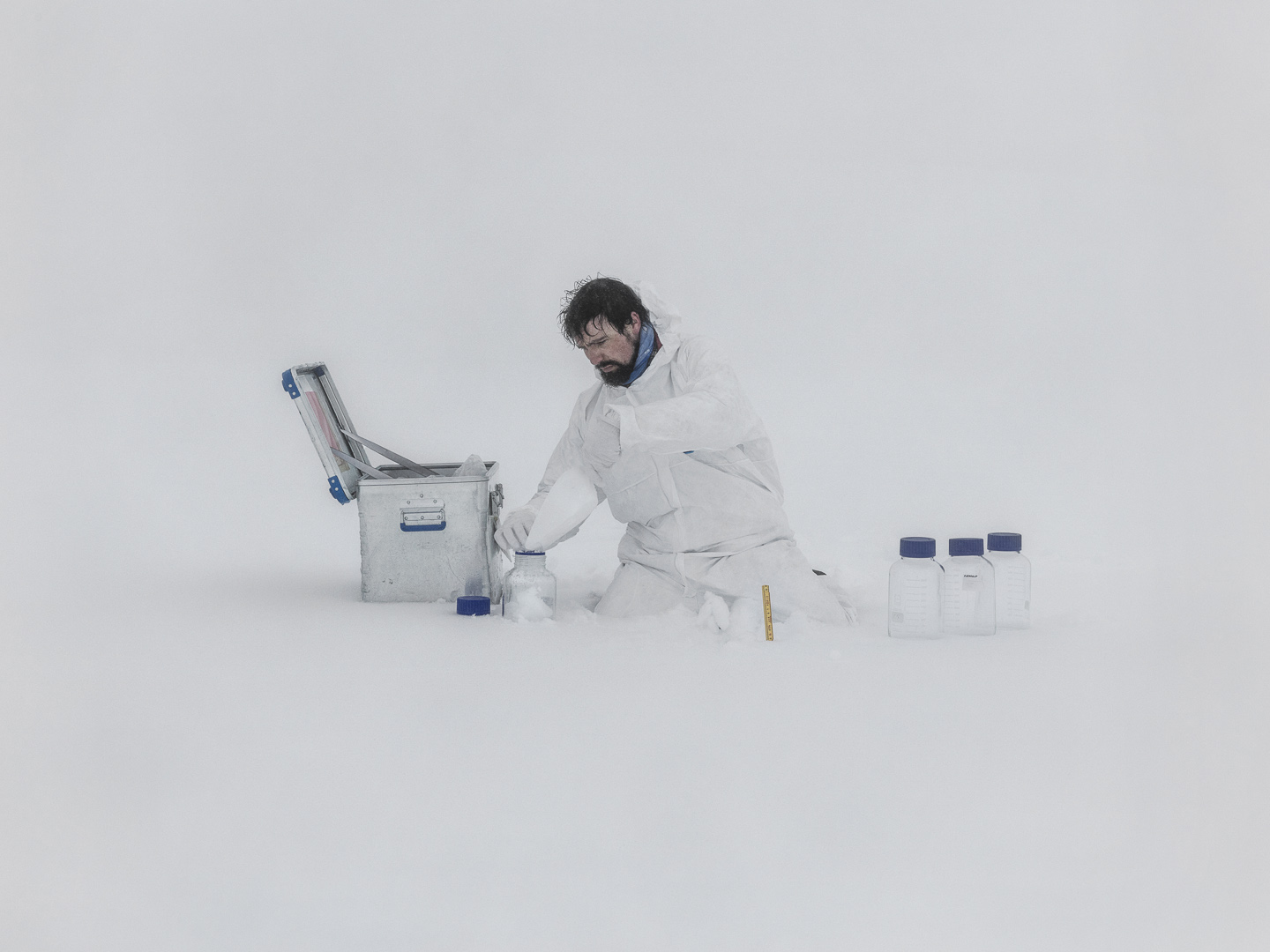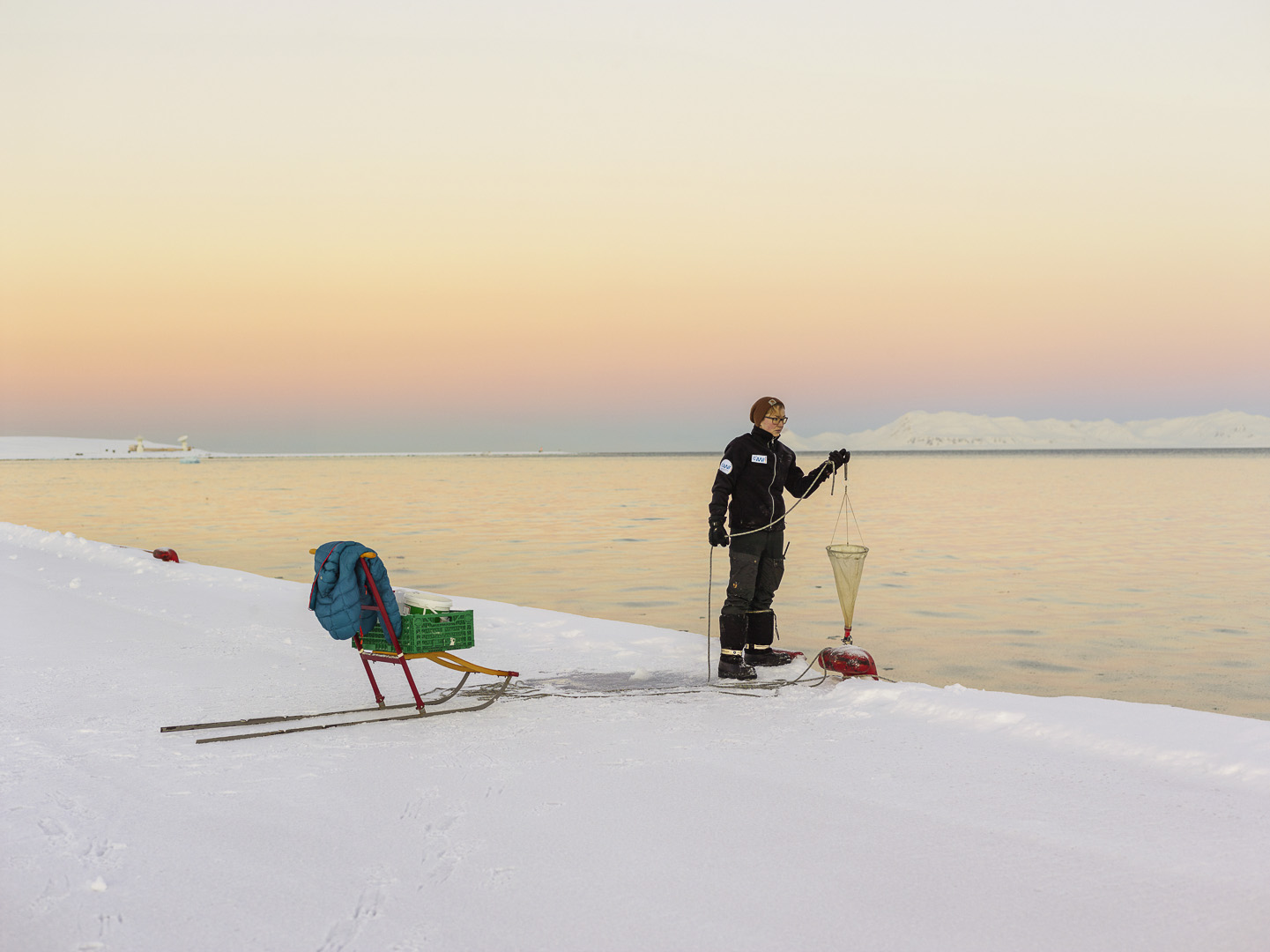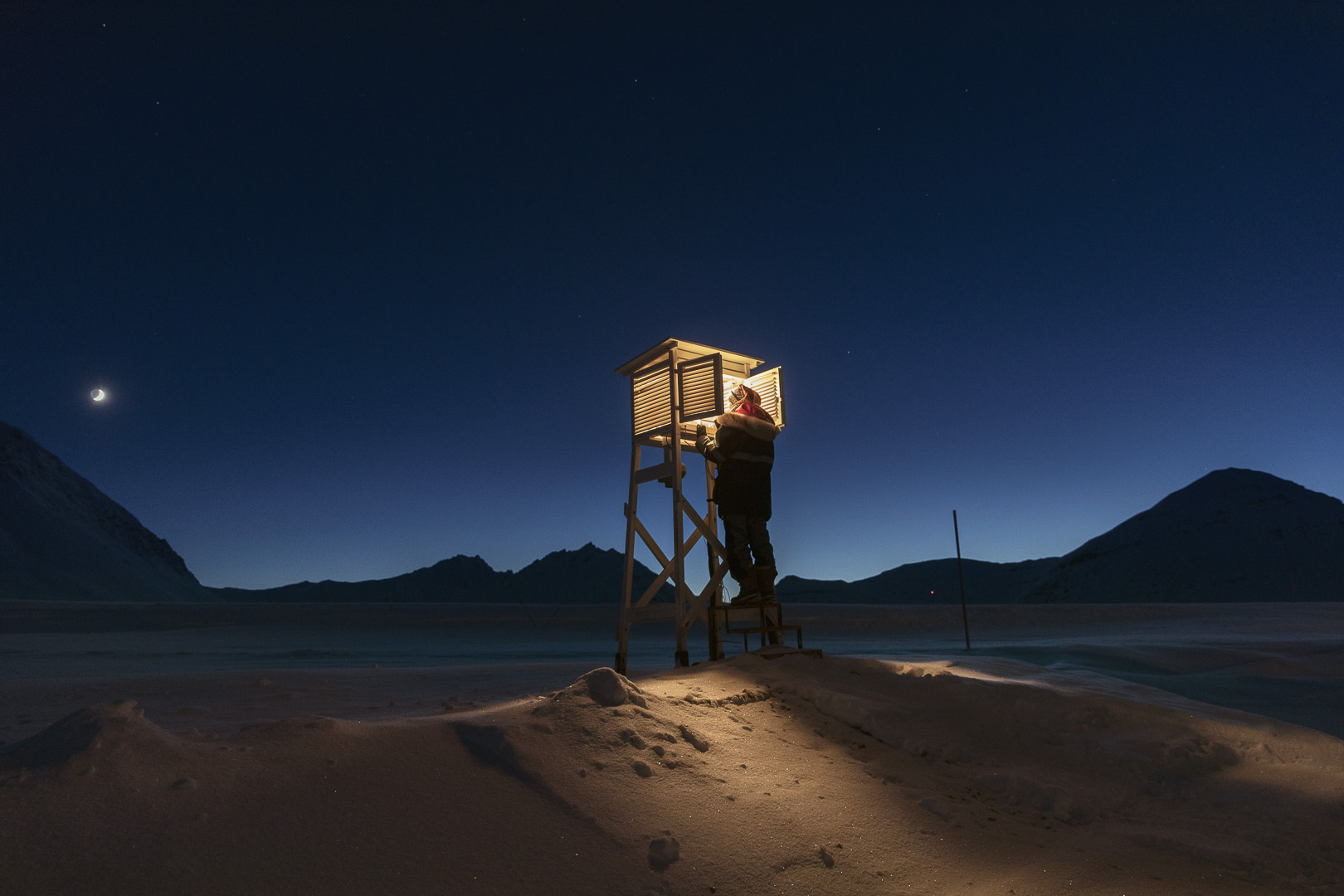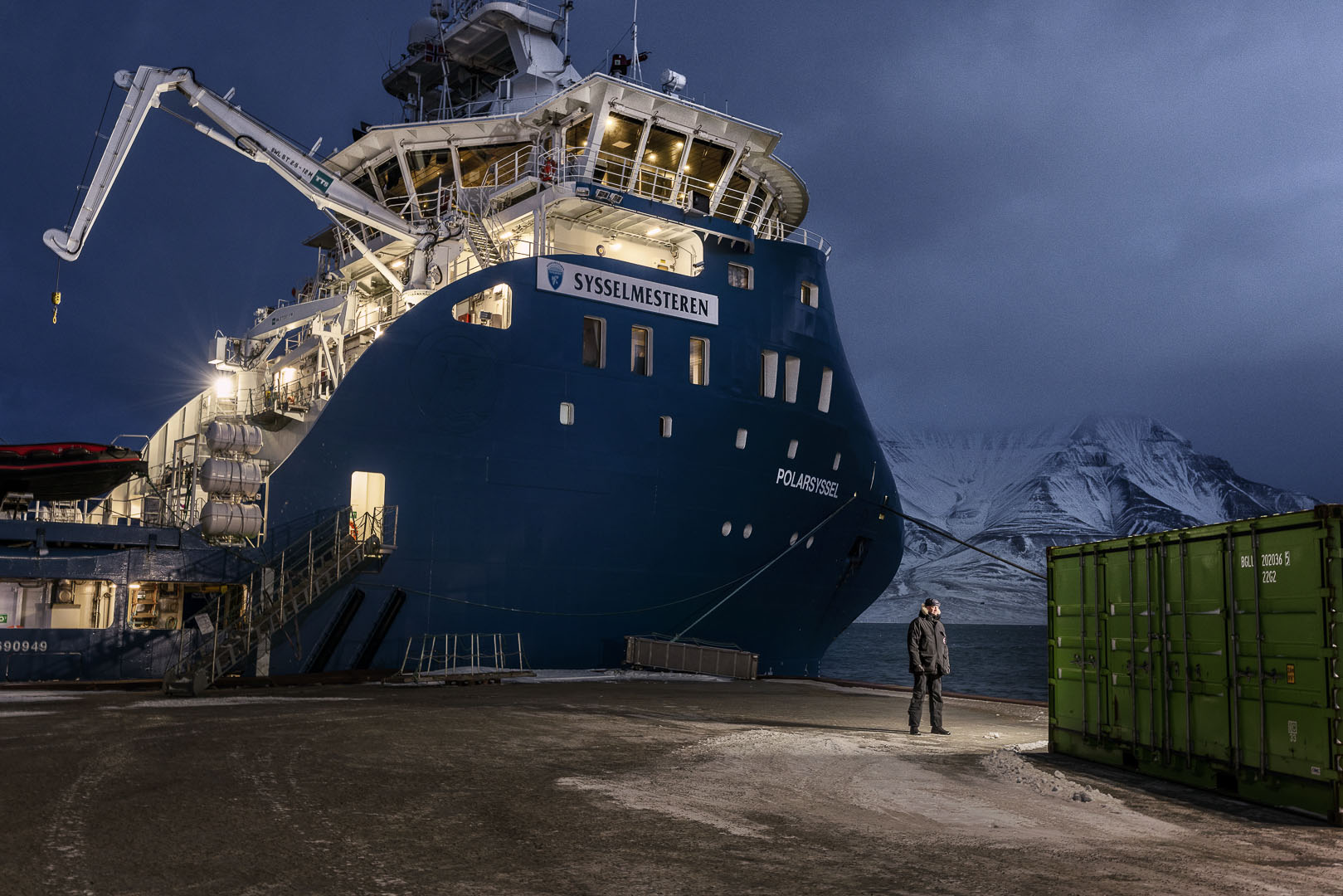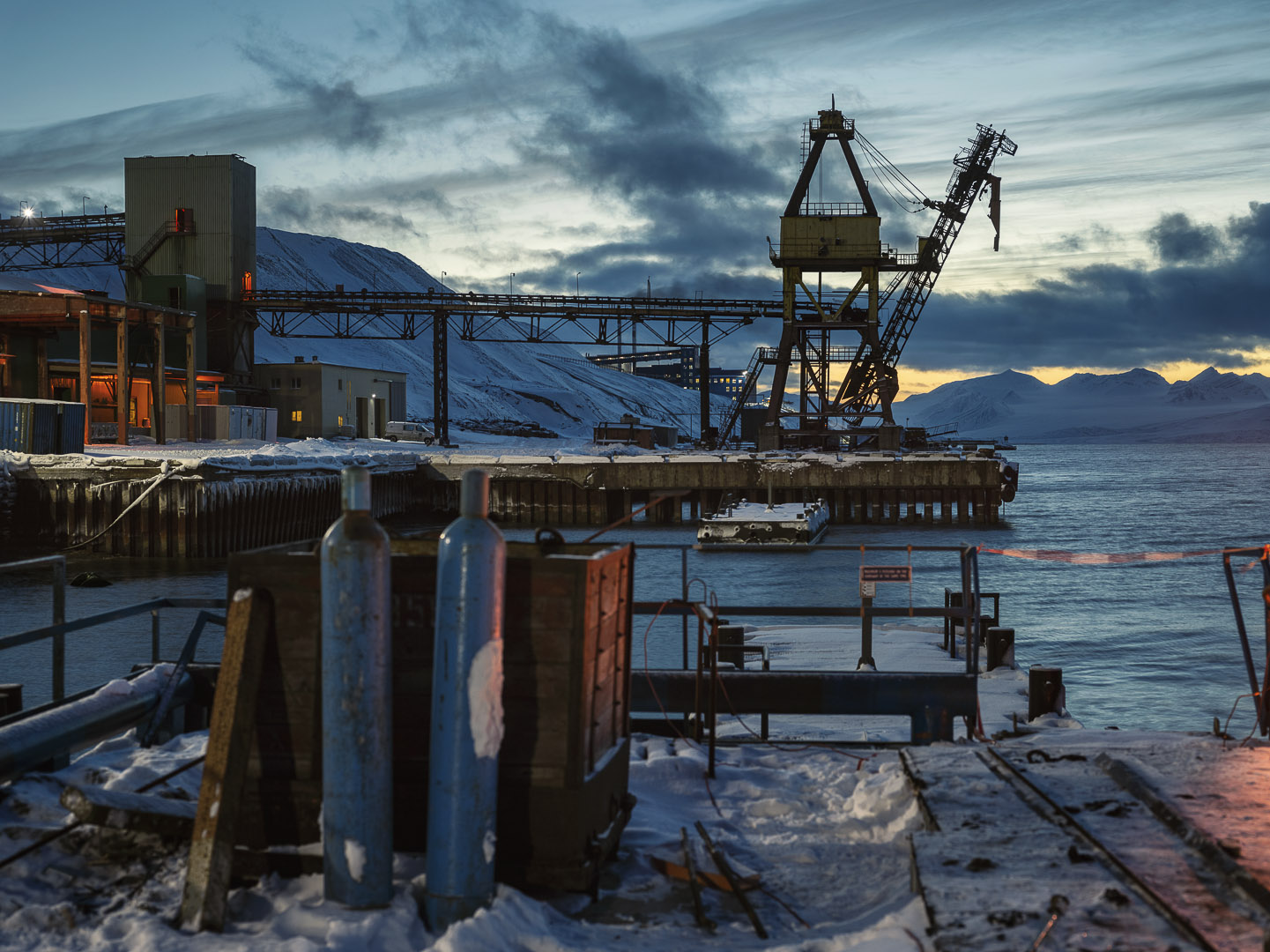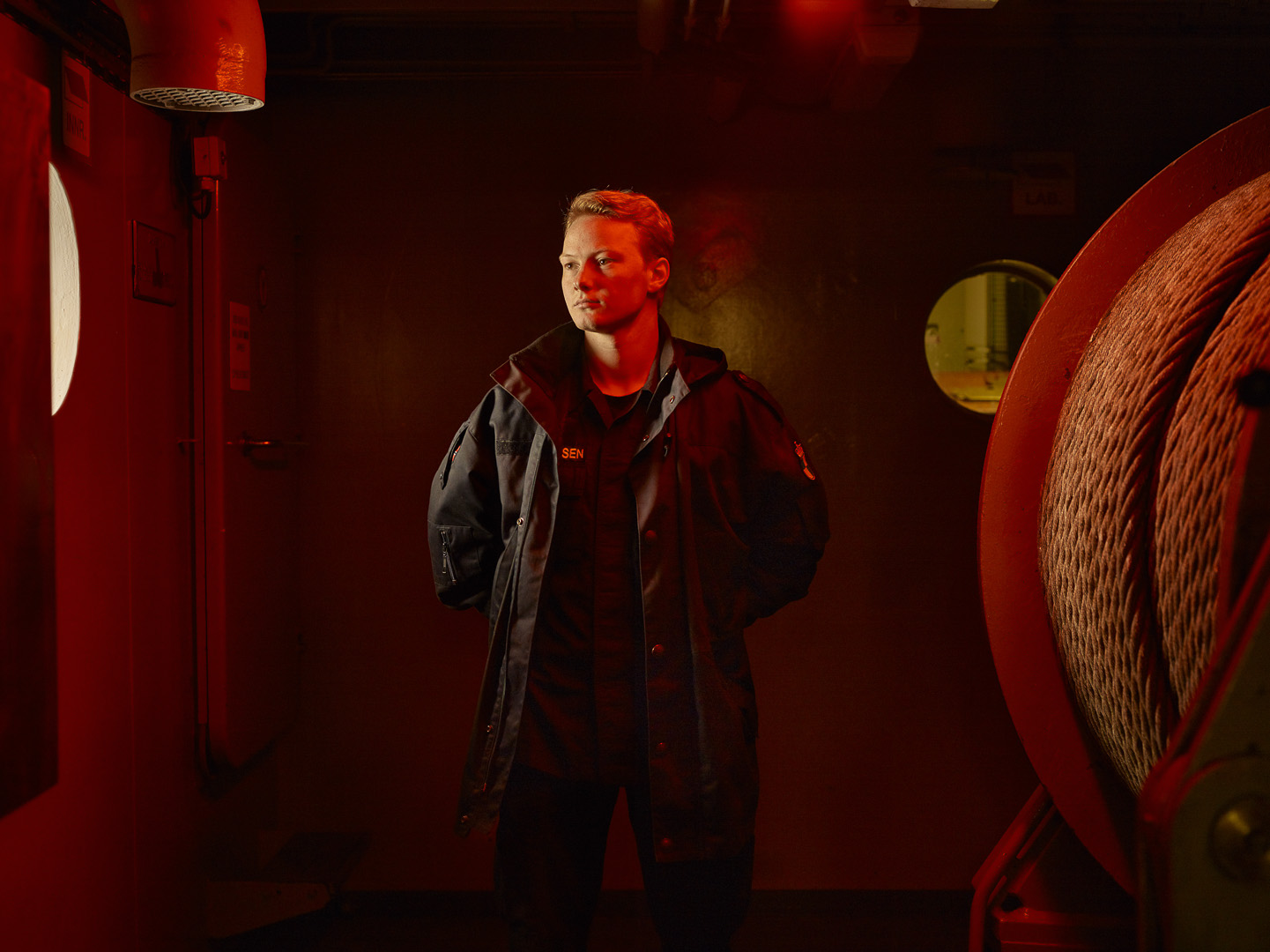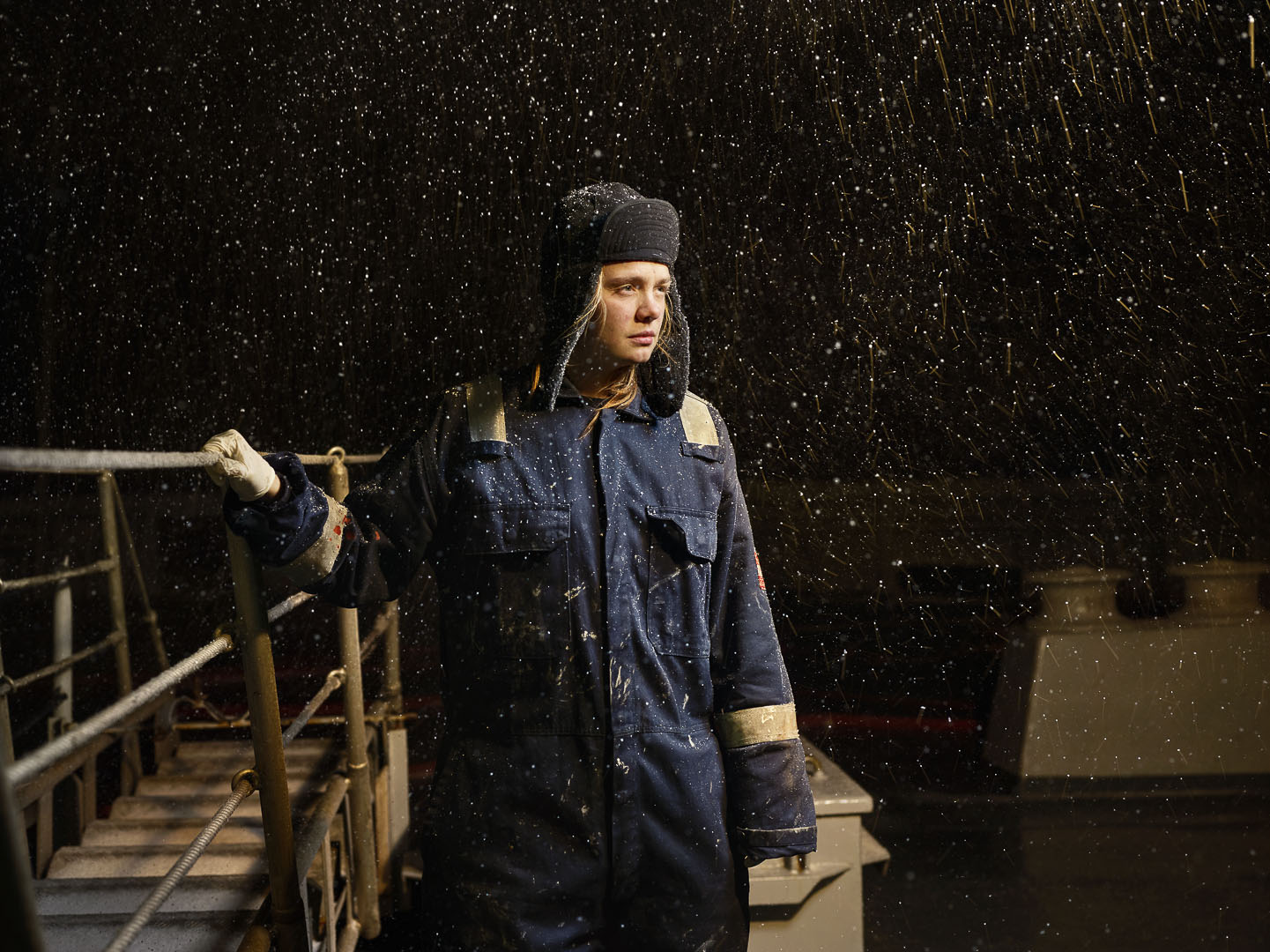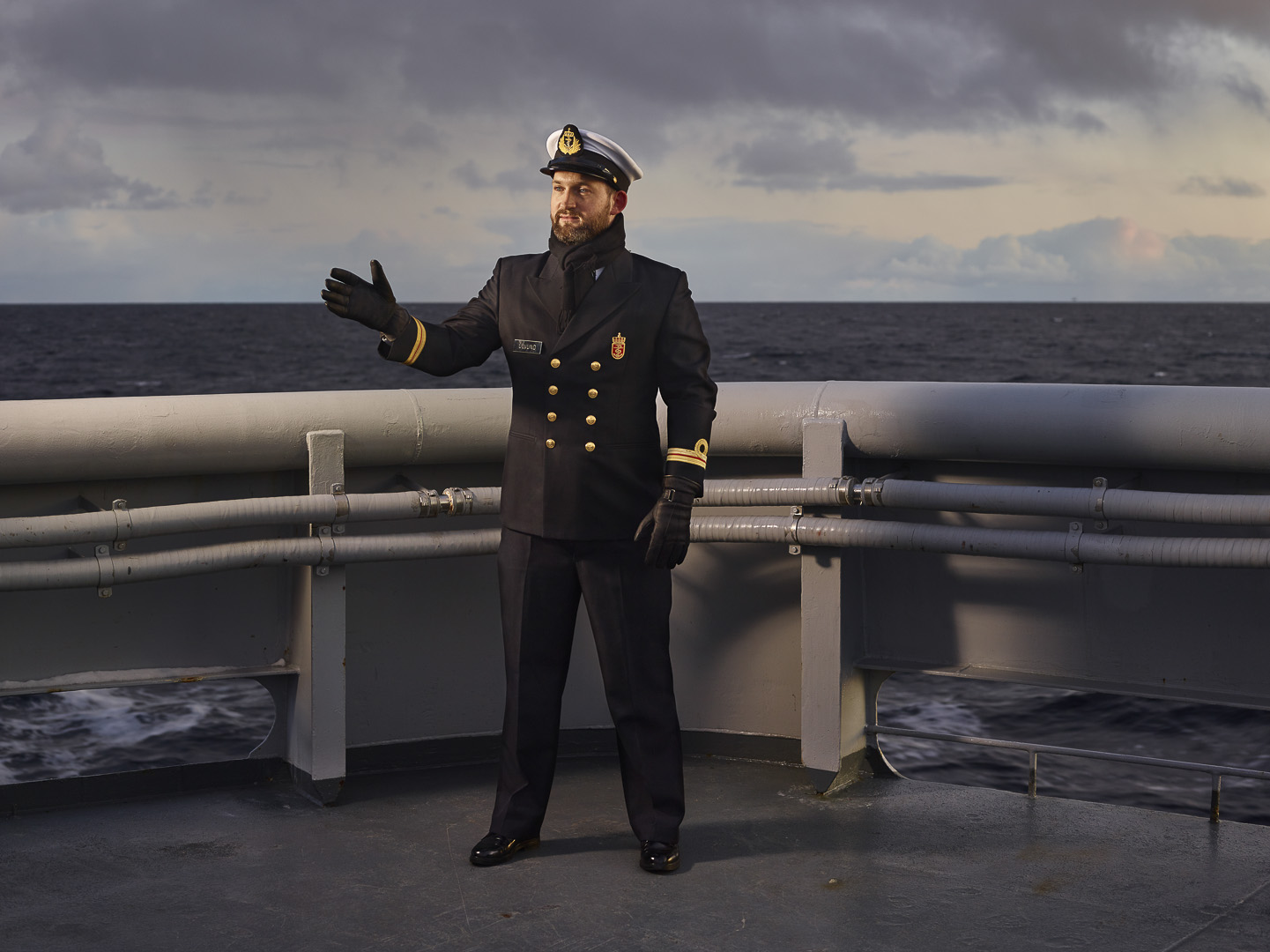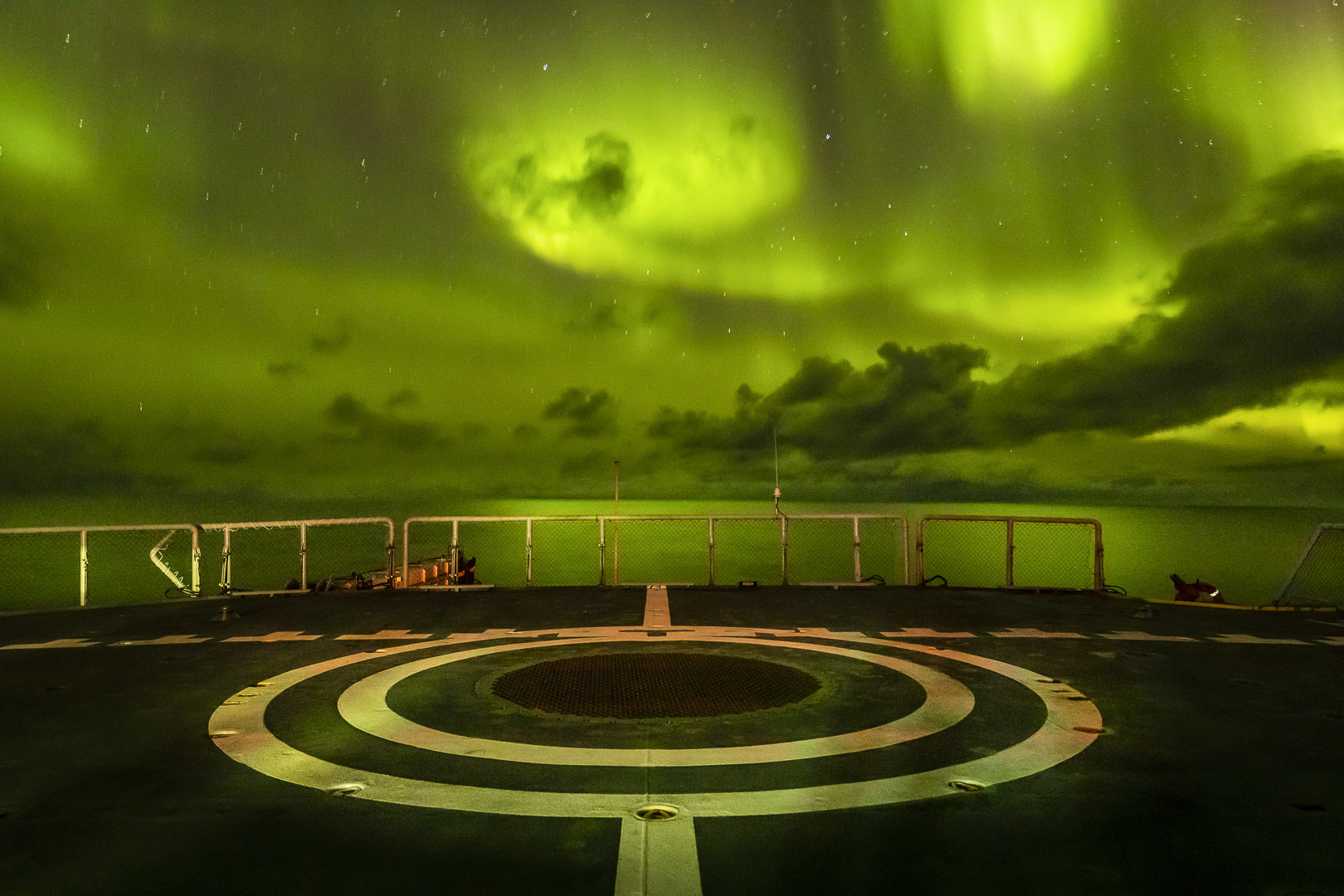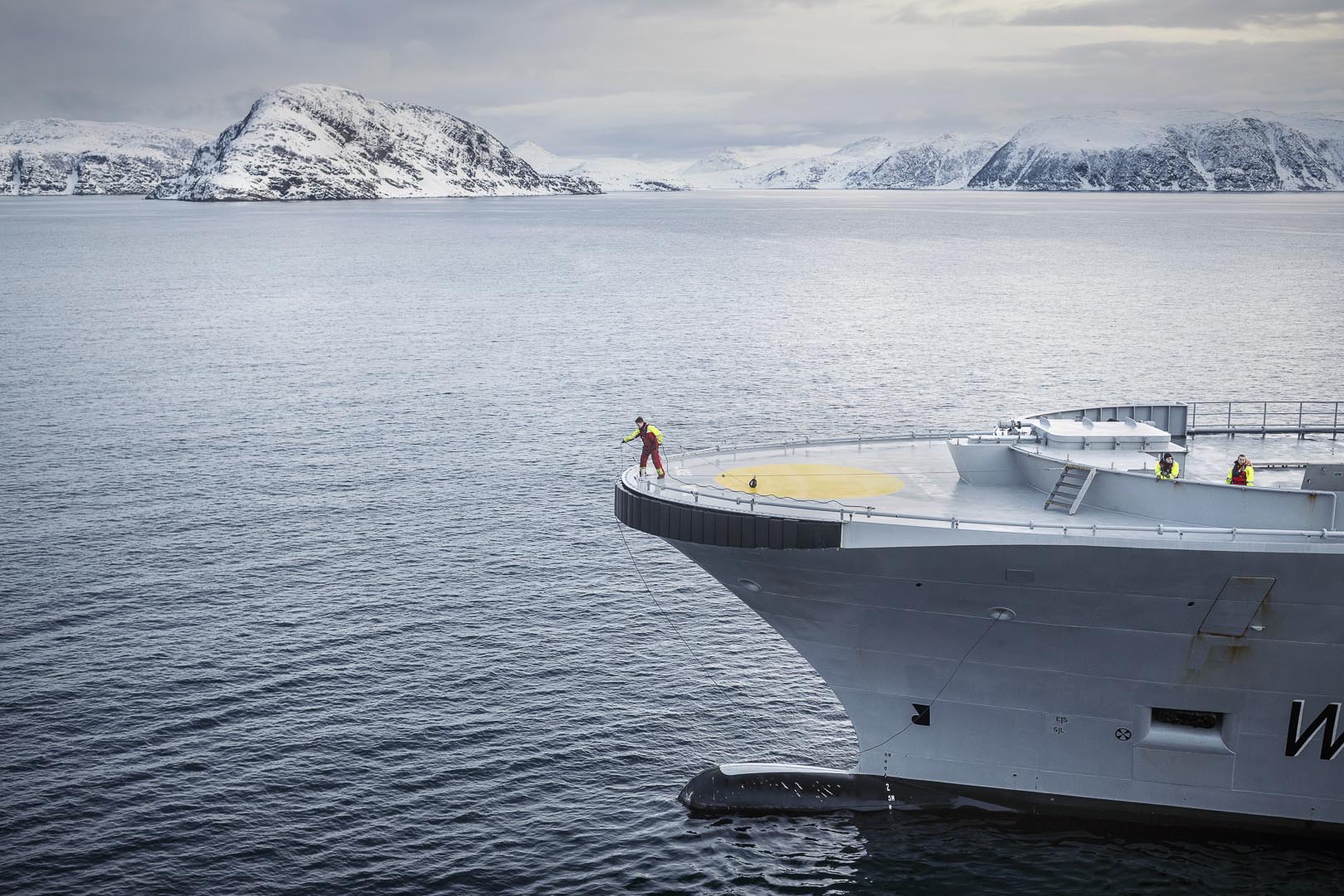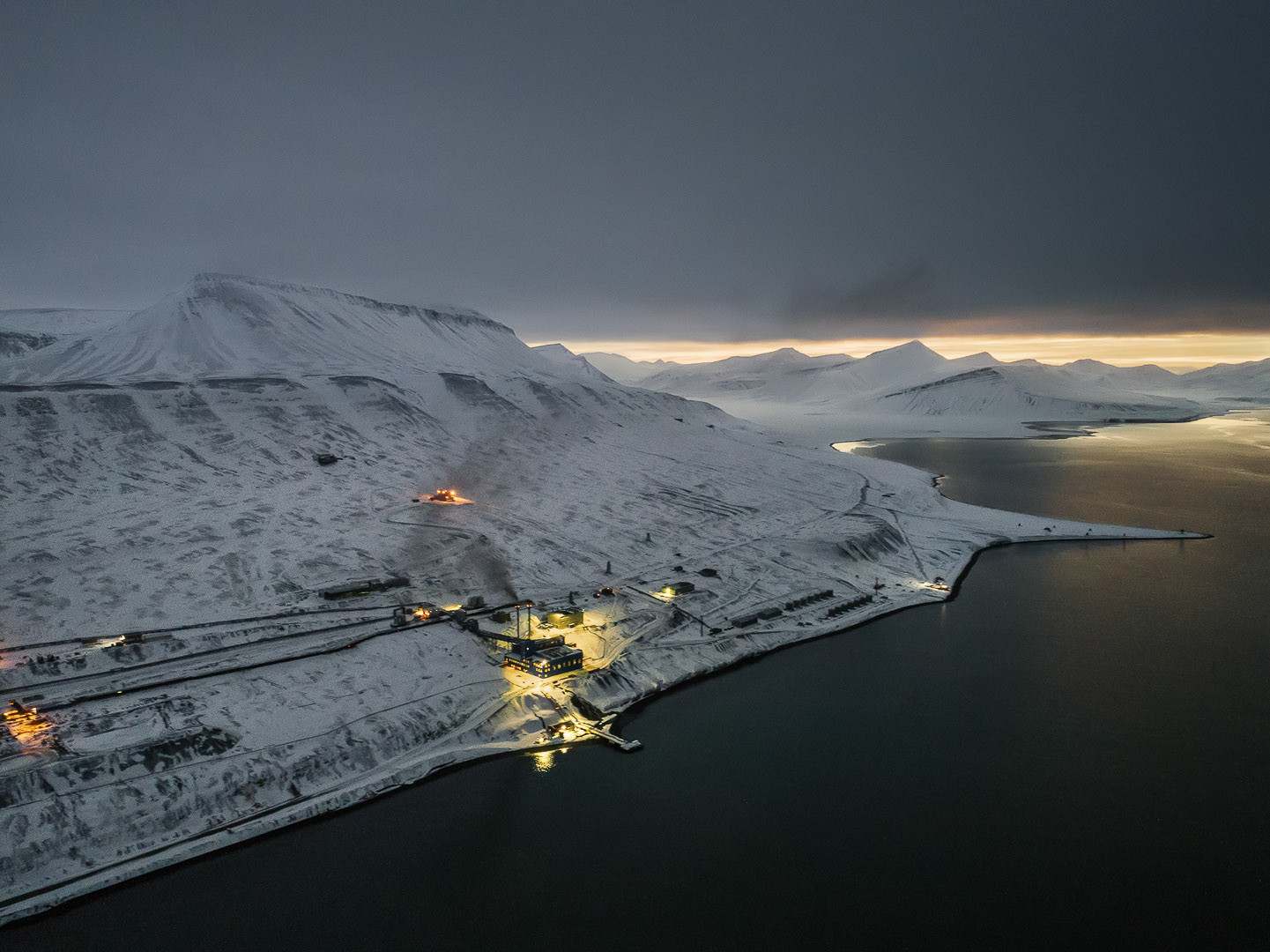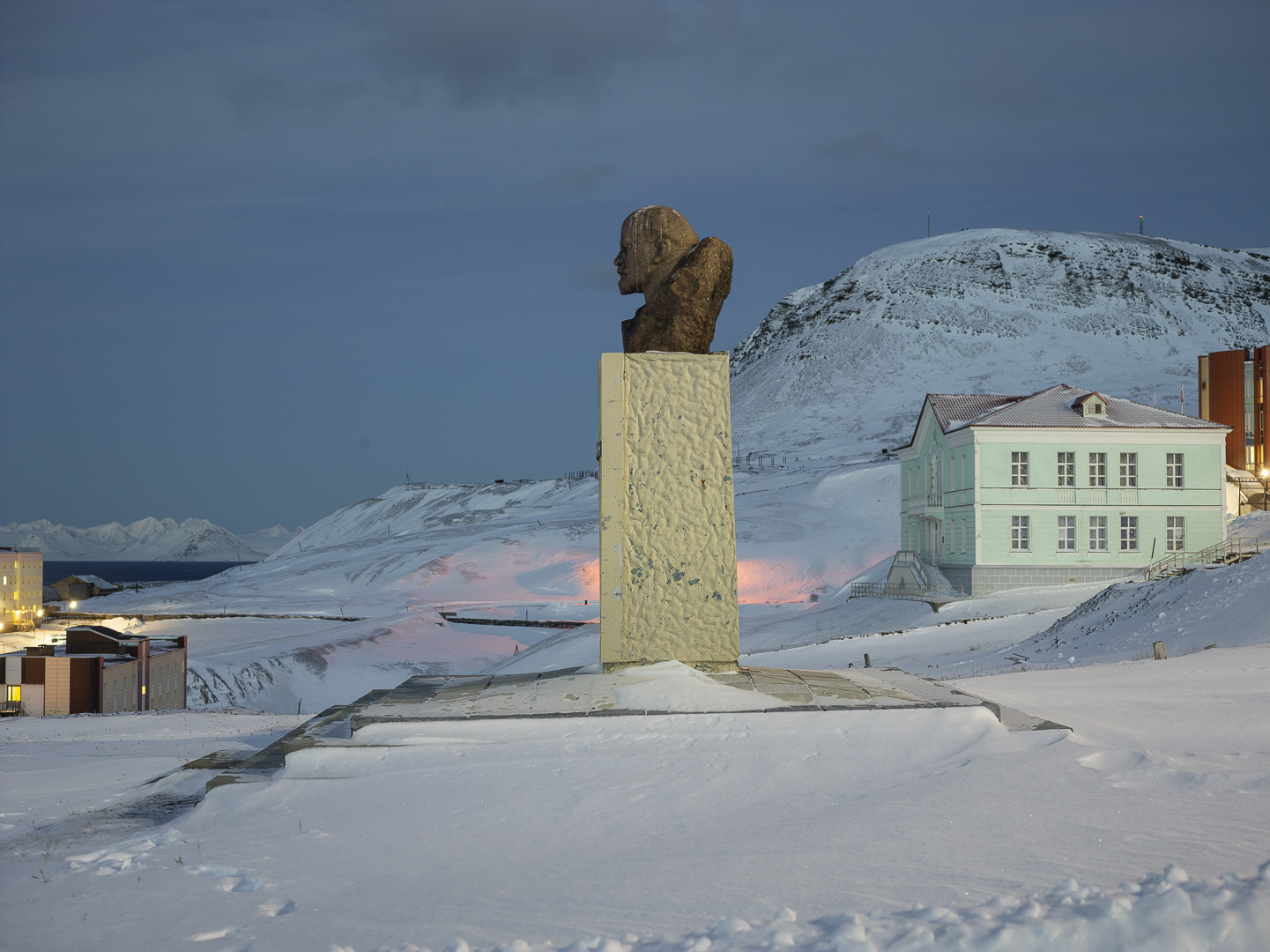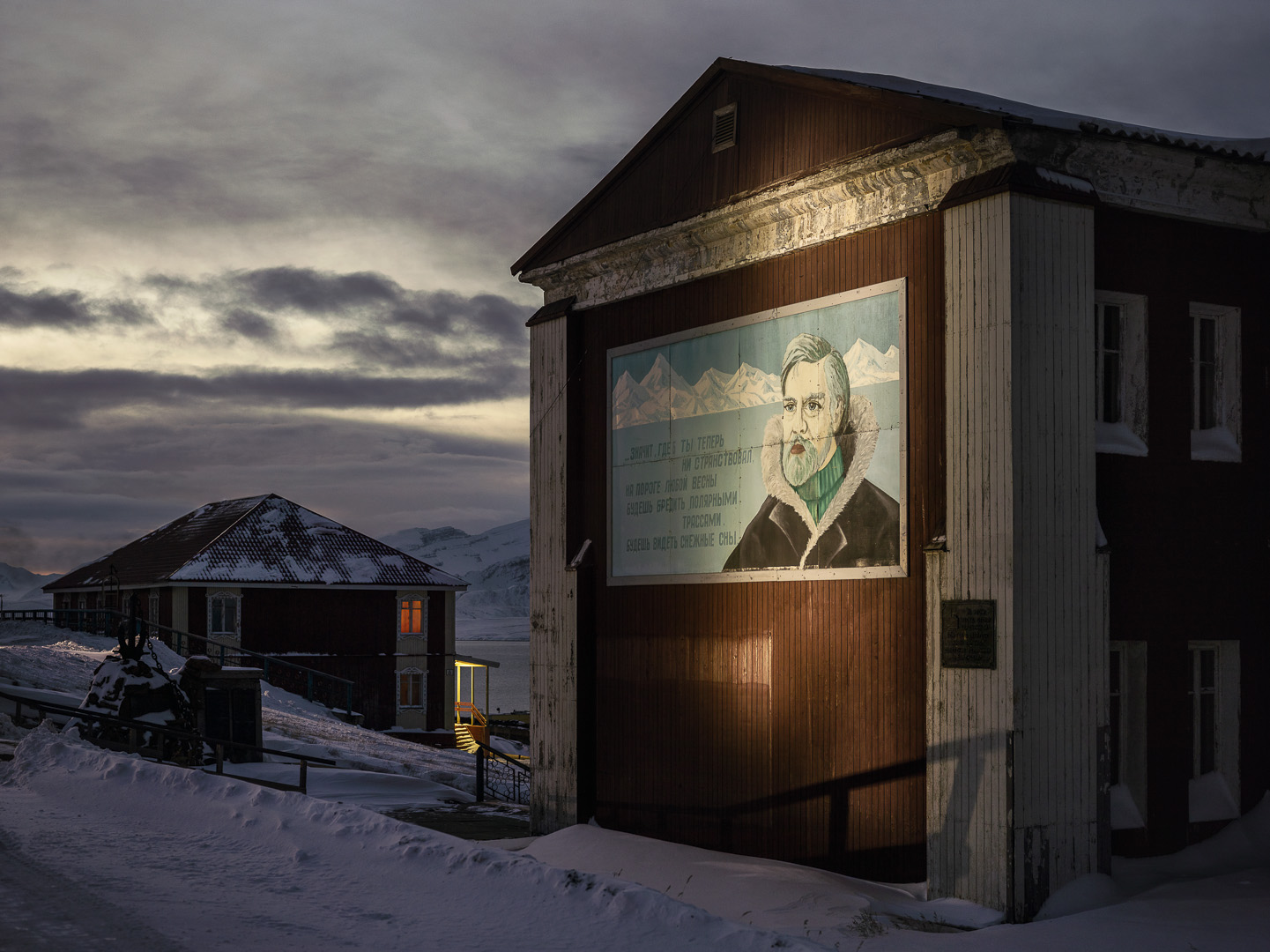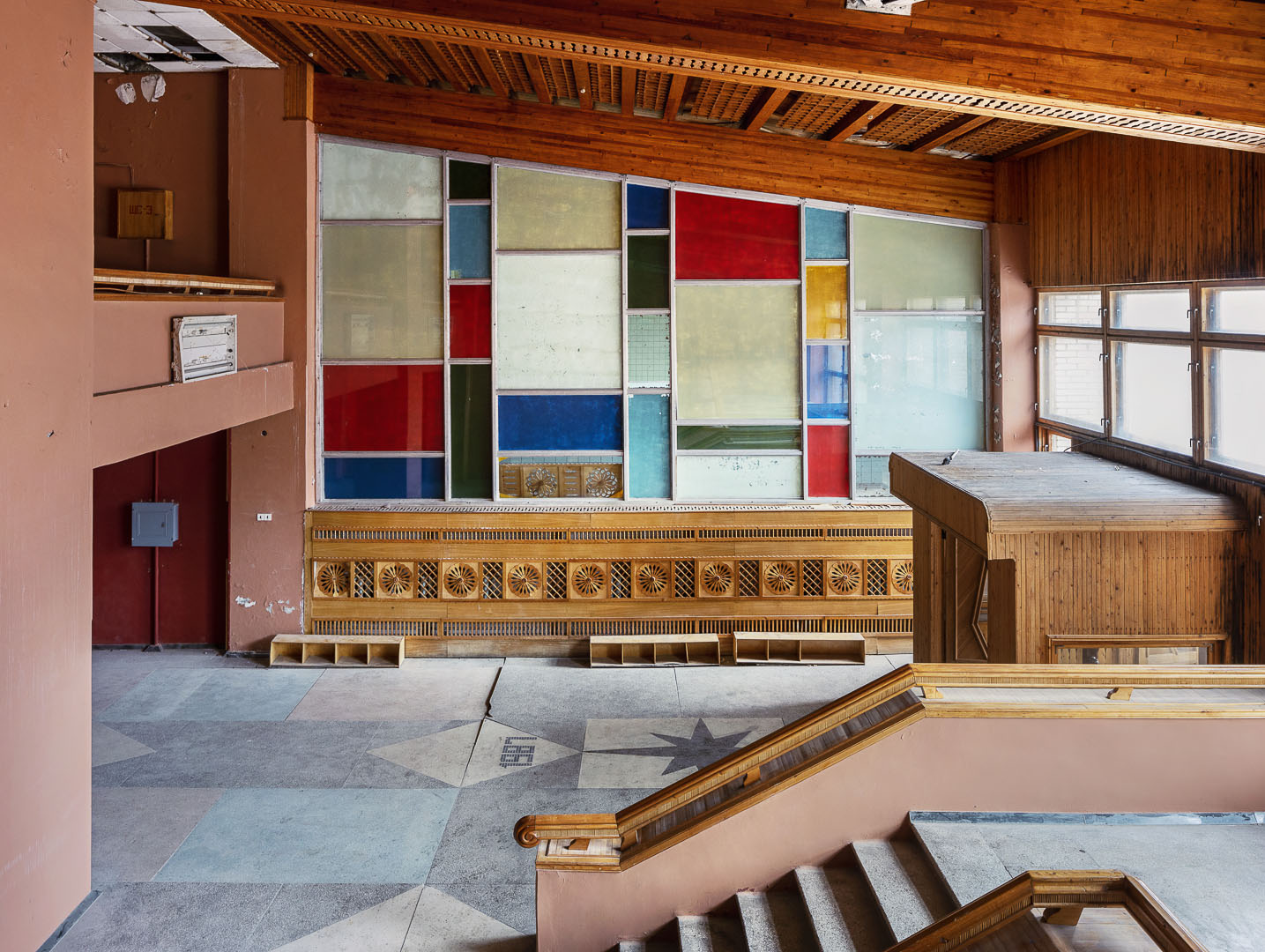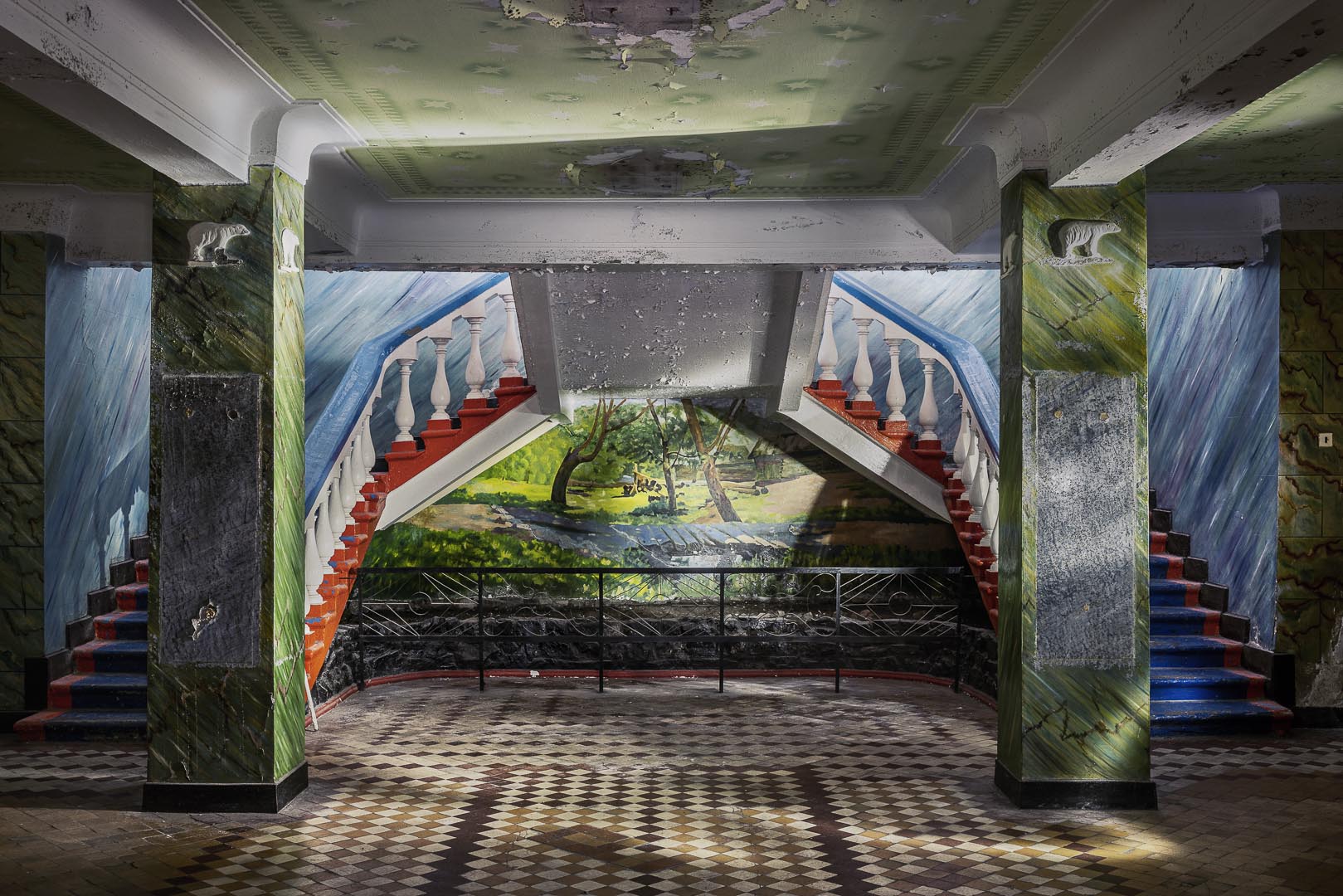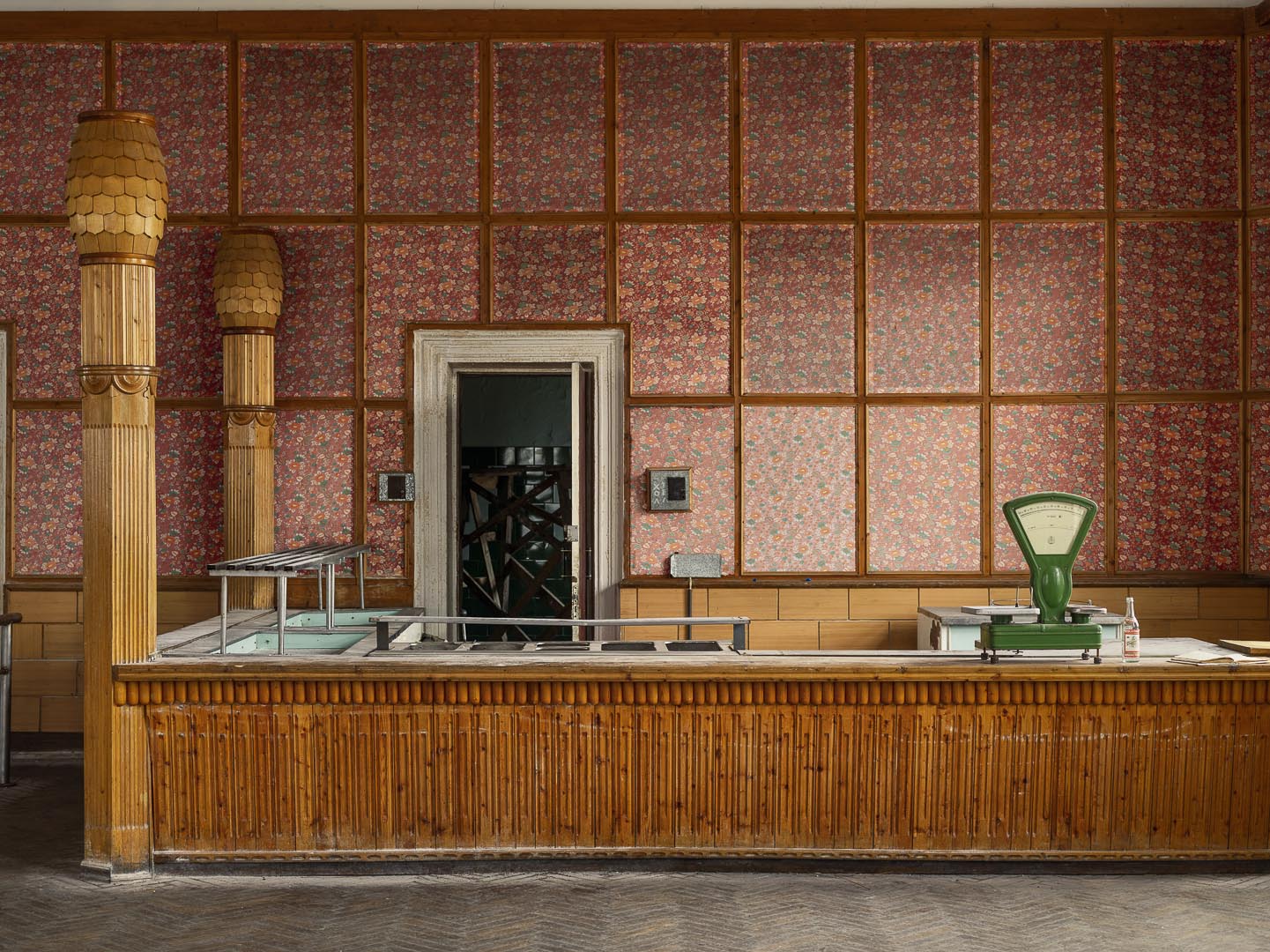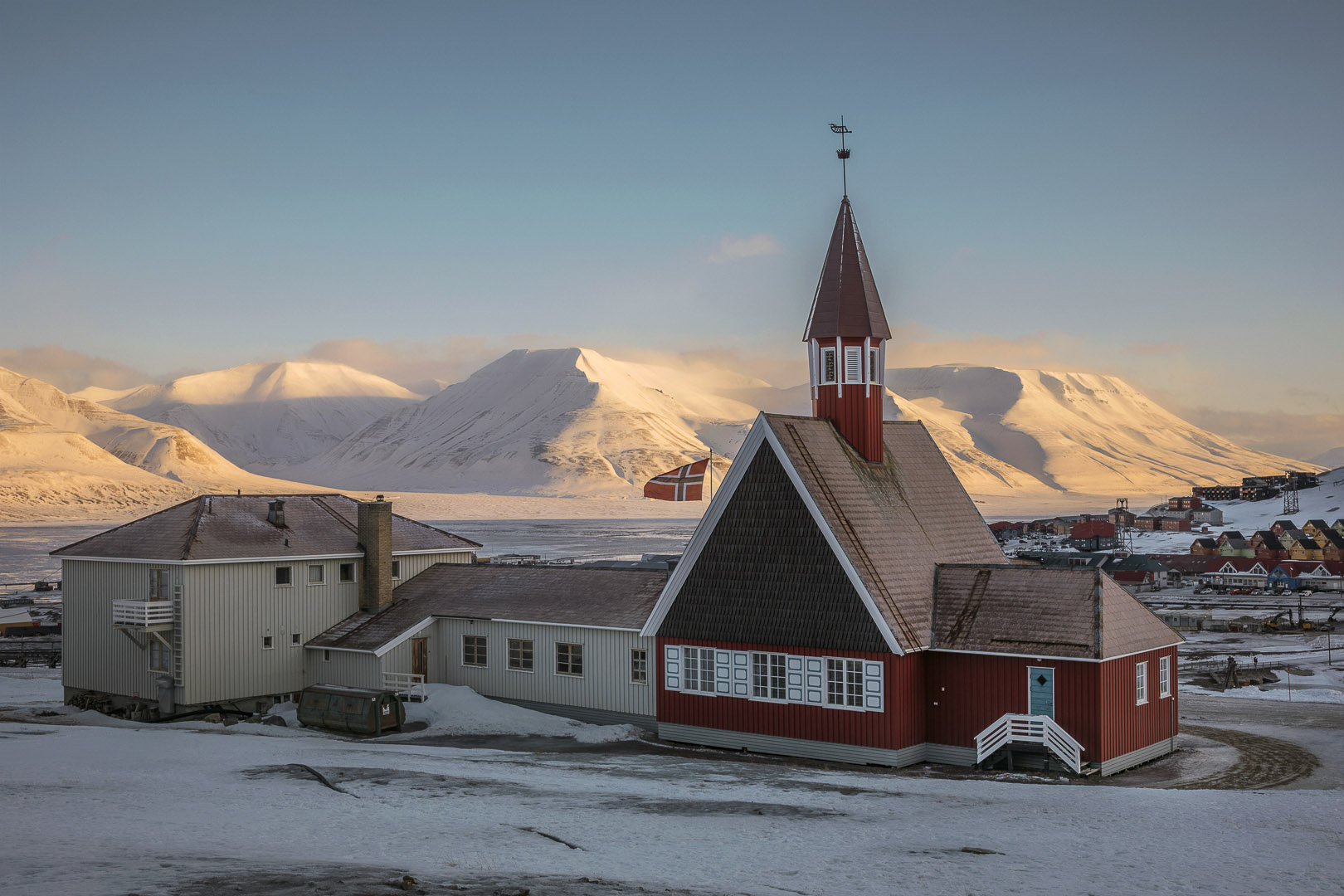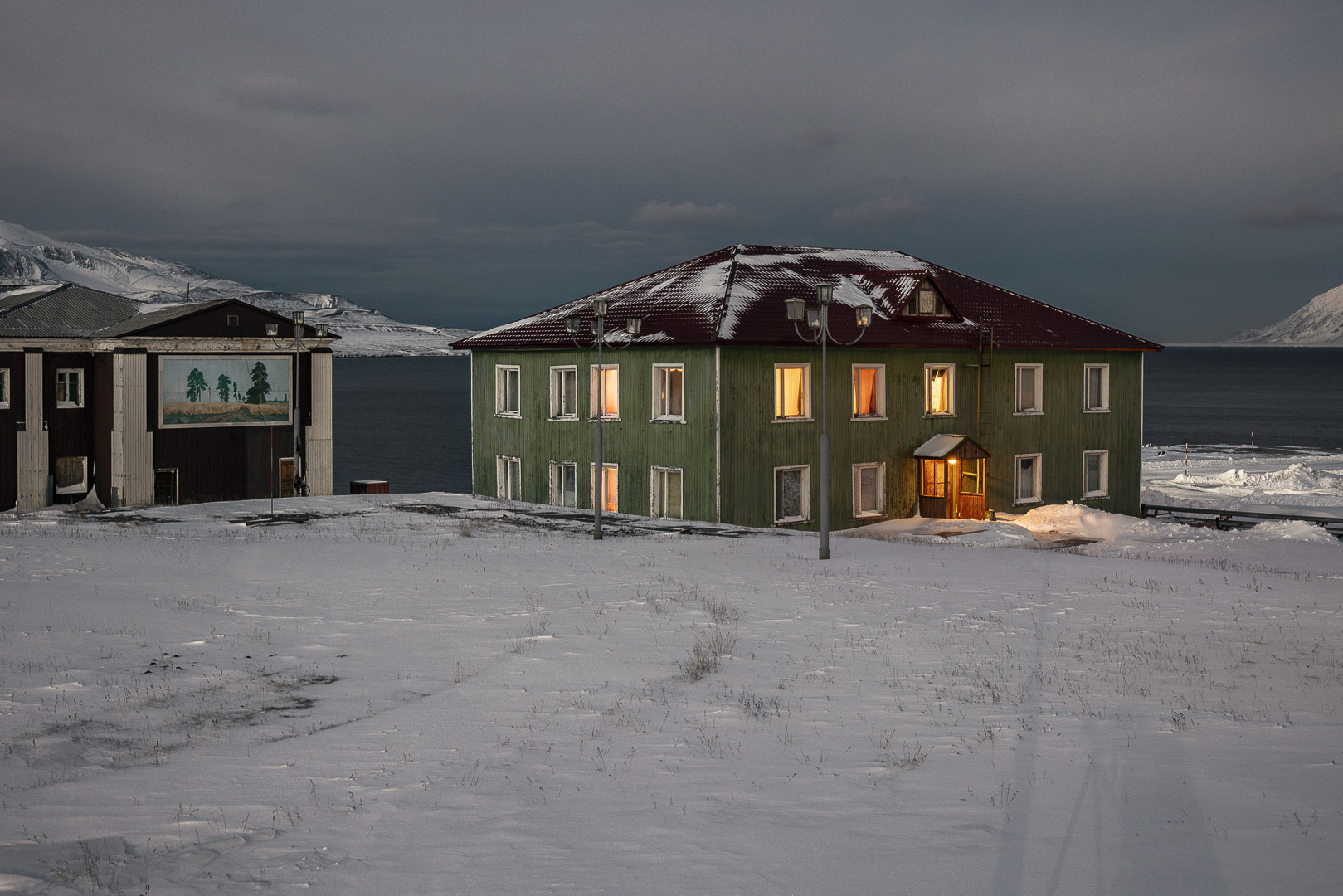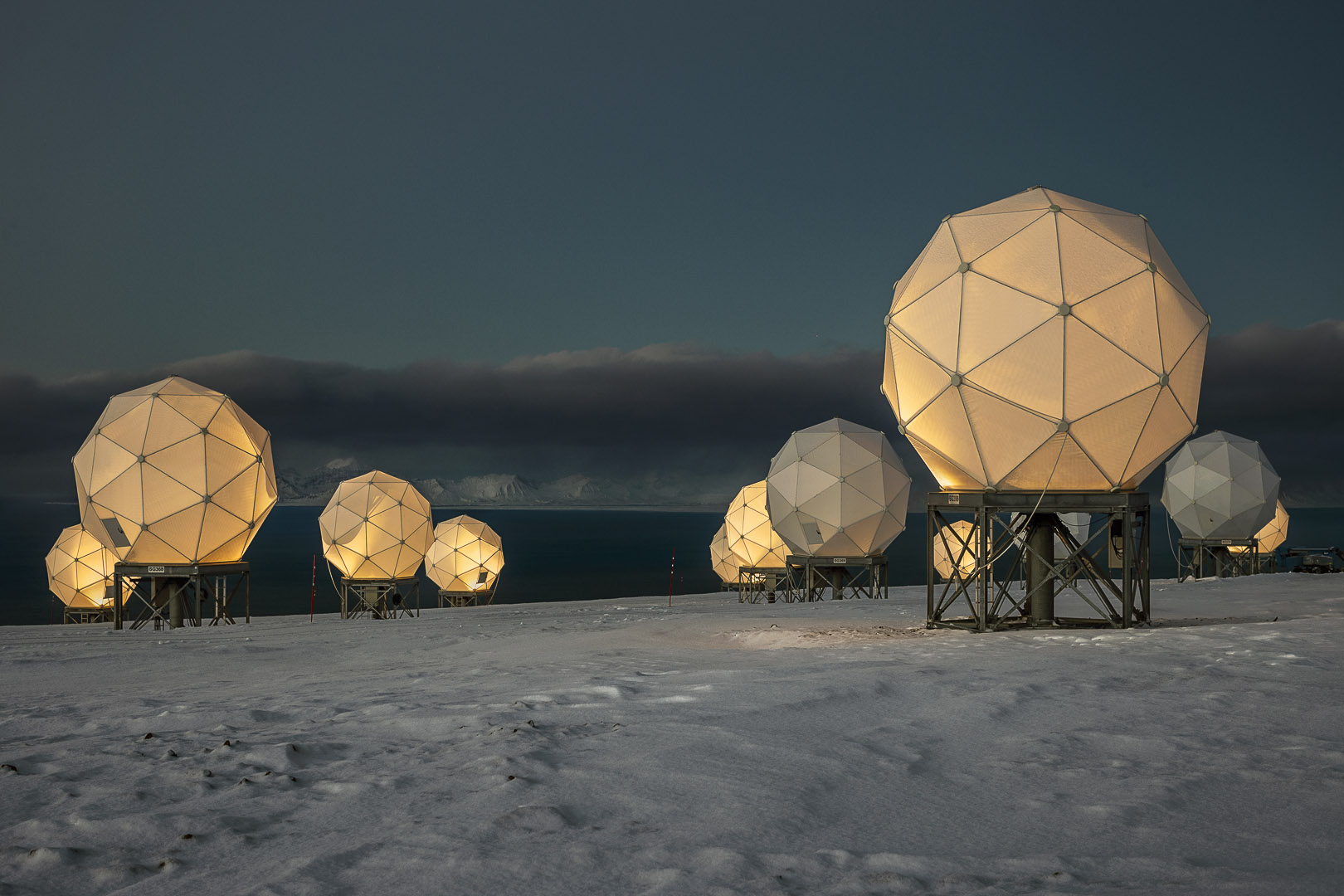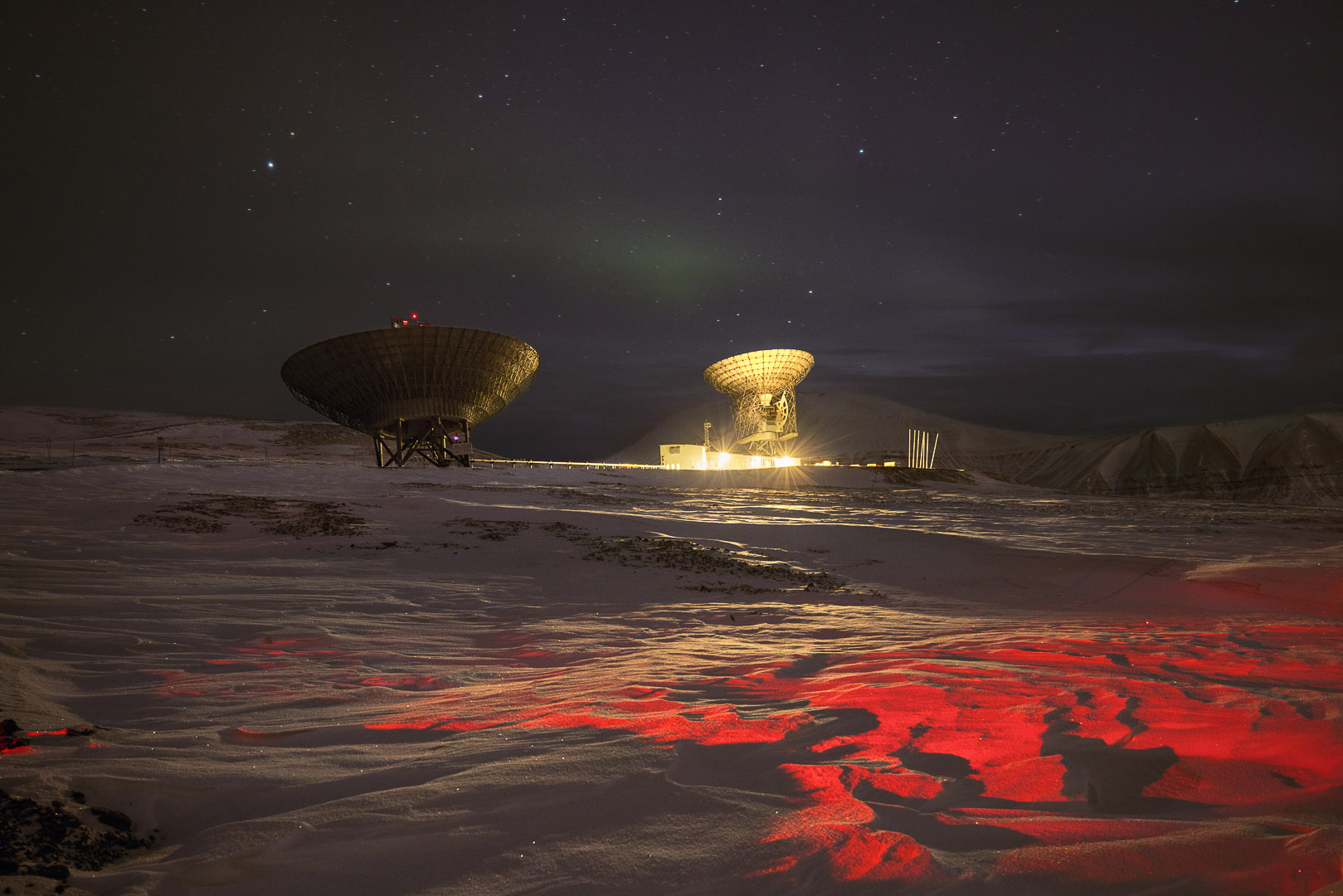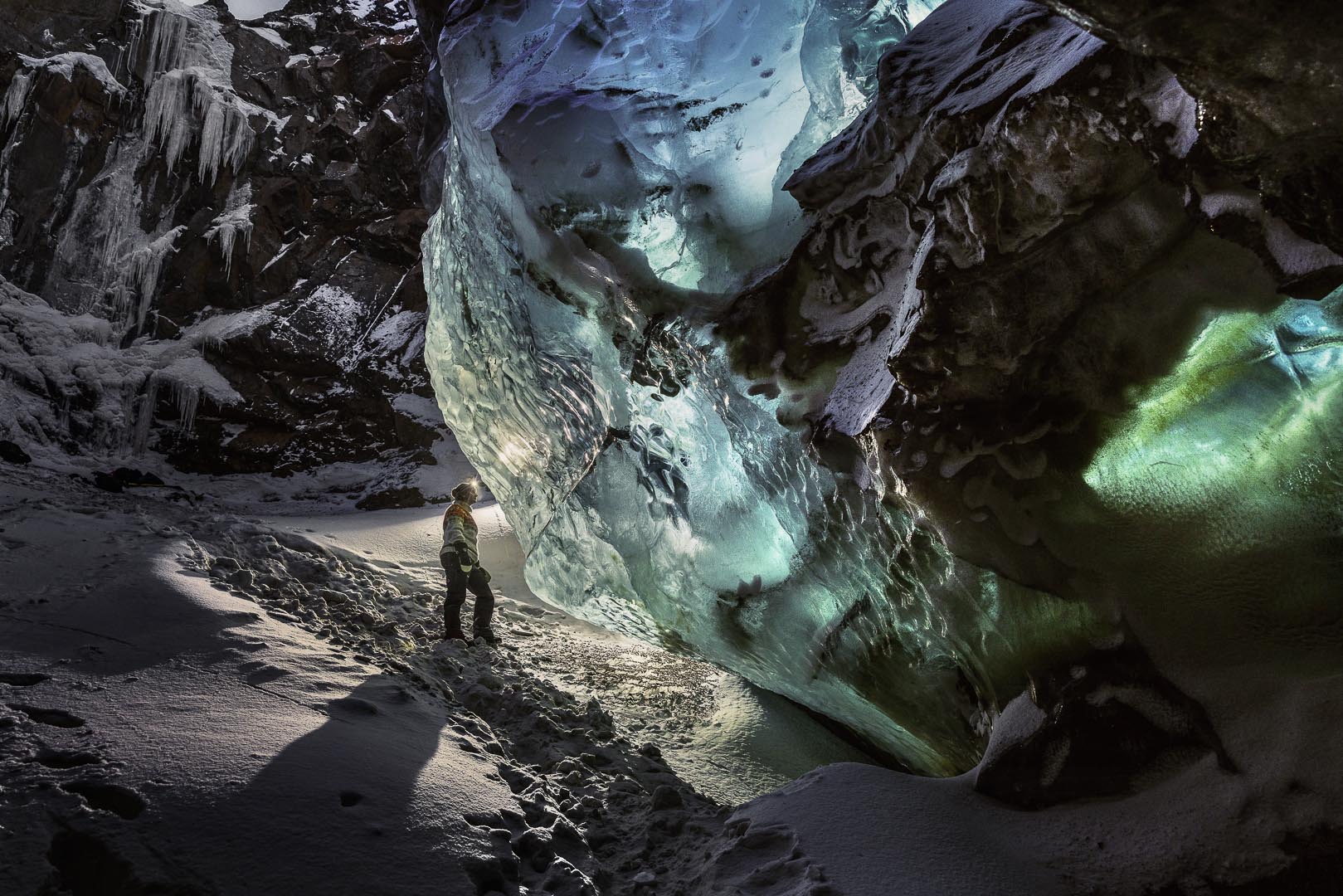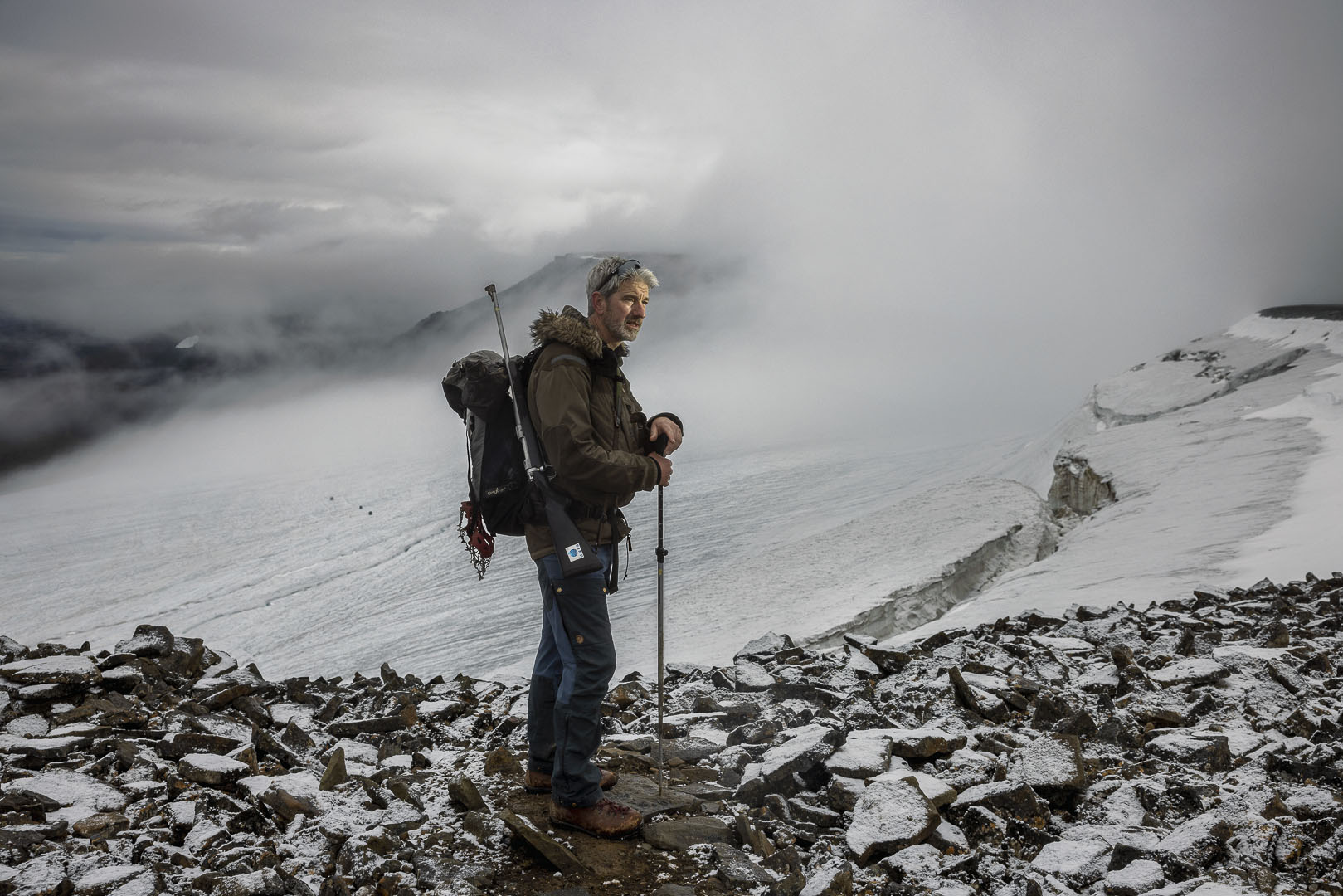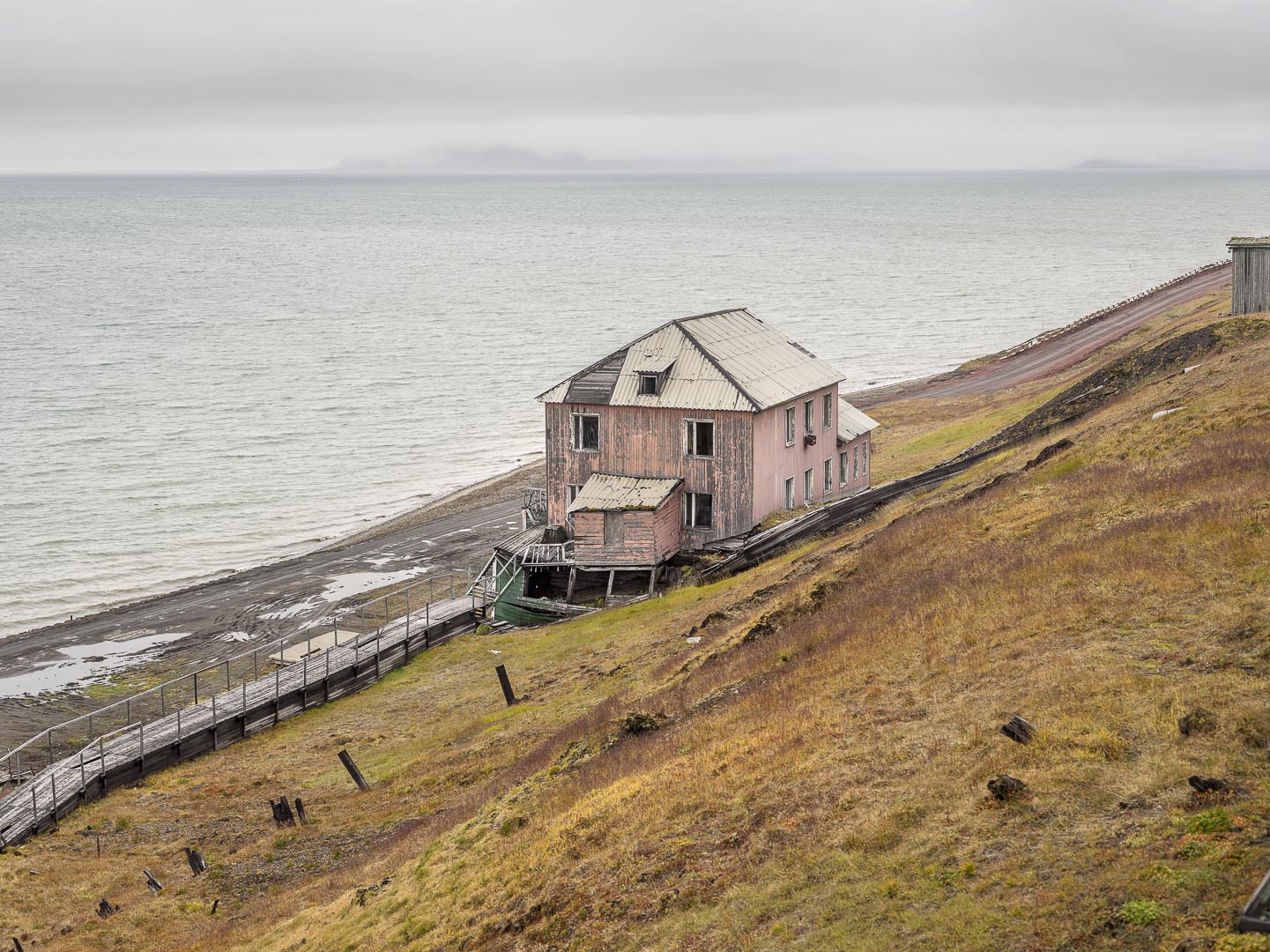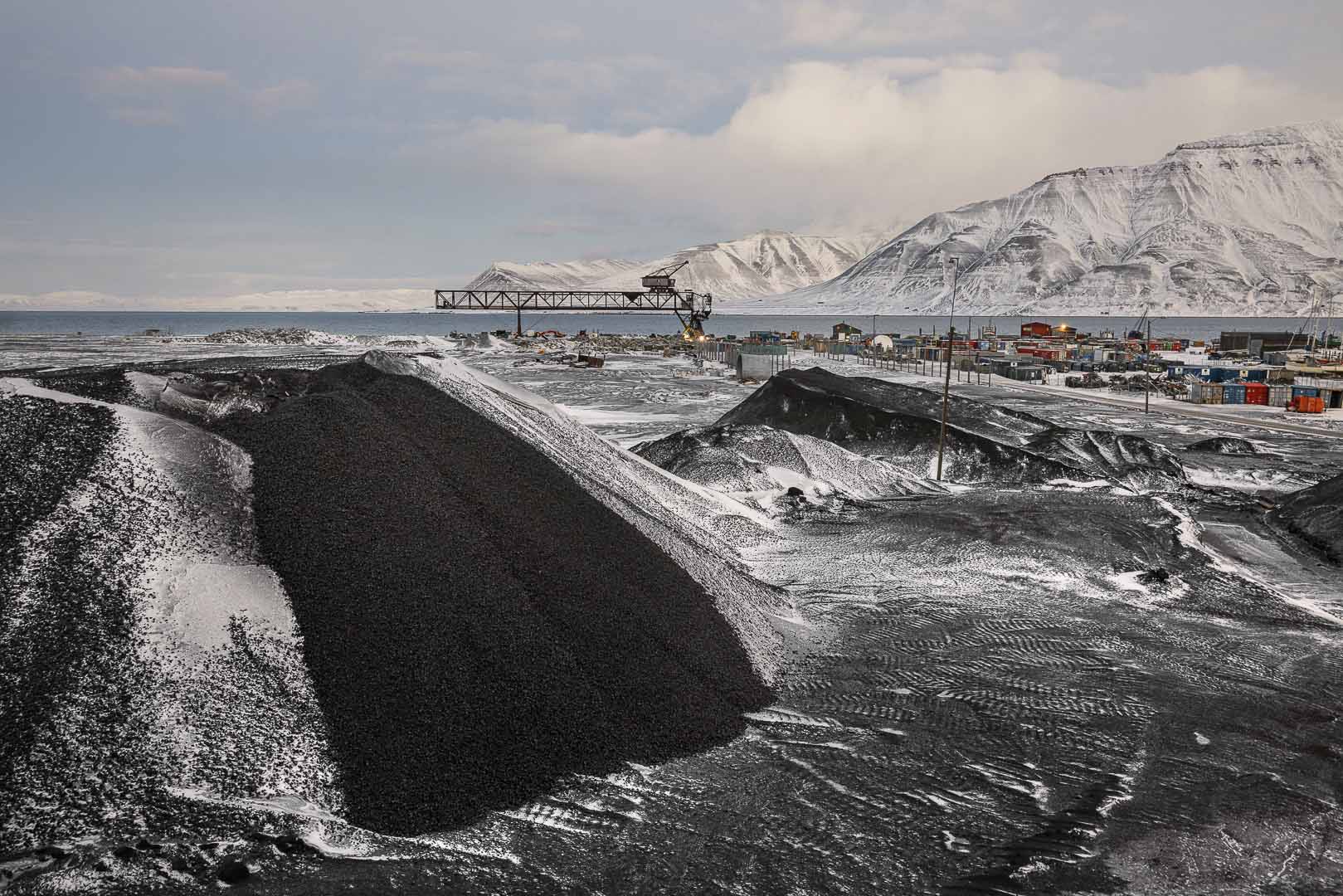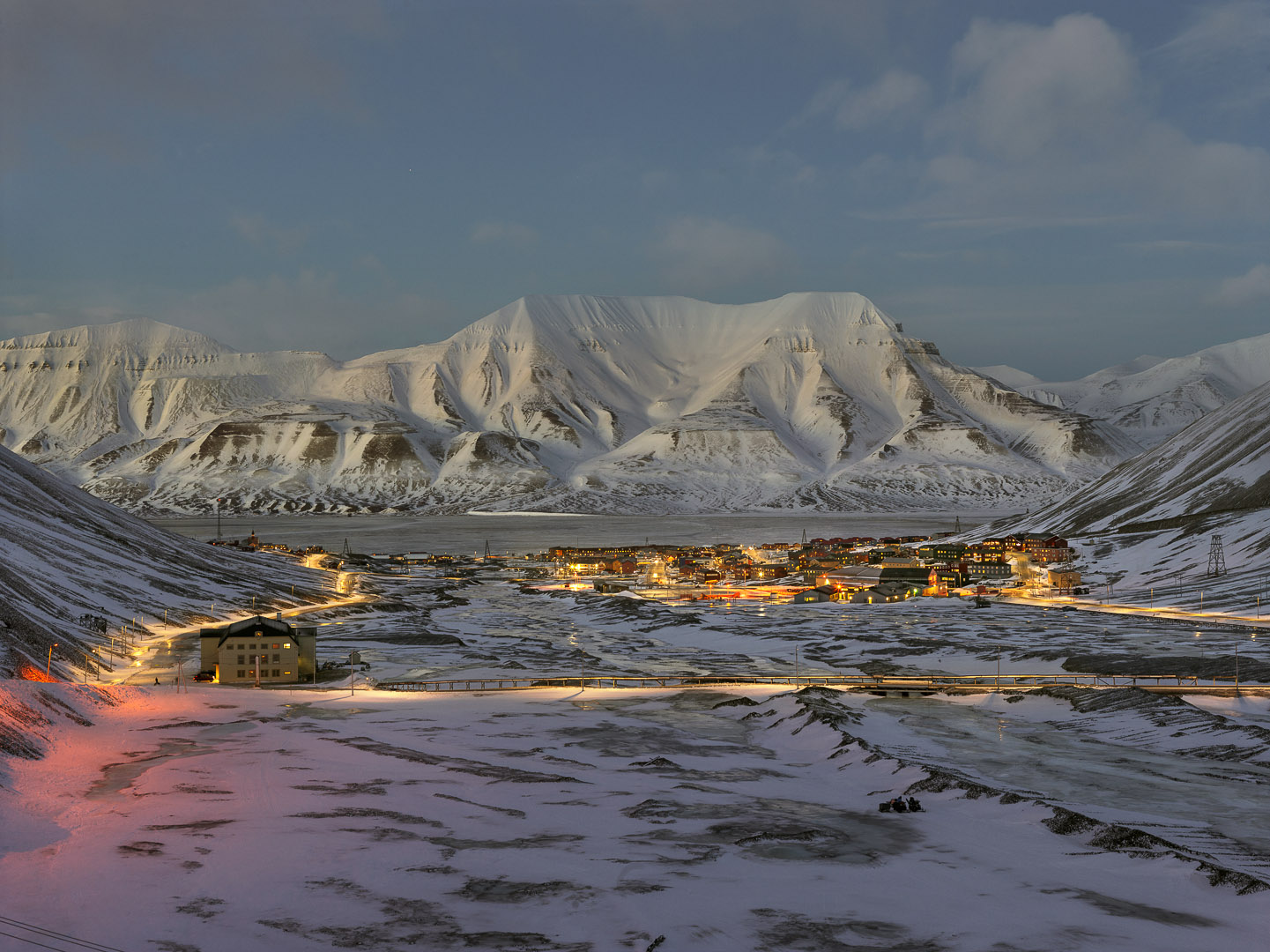Spitzbergen, 2015-2022
On the small island of Spitsbergen in the far north of Norway stands Ny Alesund, the most northerly town in the world. If its population can go down to 20 inhabitants during the southern winter, it does not exceed 150 people in summer, mainly scientists. In fact, about 1000 km from the North Pole, the city hosts the Arctic scientific bases of more than twenty countries, including France, who have come to observe, try and understand the global climate changes that the polar lands reveal. This base is the only gateway to the North Pole for French scientific teams.
Since 2015, Paolo Verzone has been visiting Ny Alesund regularly to document the little highlighted role of these extreme scientists, at a time when they are becoming crucial to global political issues.
Glaciology is fundamental to analyzing and responding to the contemporary challenges of climate change. It has been able to detect the warning signs of the current climate crisis since the 1970s, and to prove the causal link between greenhouse gas emissions and global warming.
Today, Ny Alesund emerges as an accelerated laboratory of global warming, and the glaciers are privileged witnesses. The French glaciology team is at the forefront of this field of study, using drones to map the Arctic, reaching glaciers by snowmobile or boat in order to drill them to a thickness of nearly 300 meters and analyze their behavior. Because of the melting ice, some glaciers are now moving nearly 40 meters per day, compared to about 30 meters per year before, and destroy the scientific equipment attached to the ice in a few hours.

